Self-reflection in education isn't just for show; it's like a secret superpower that enhances our learning journey. Imagine delving into your mind to reveal hidden growth potential! Tools like specialized journals or even fun activities (yes, fun!) help us access this power for mega benefits. Think better focus, achieving goals like a boss, and even making classrooms sparkle with positive vibes. Teachers join the party too, leveling up their skills, and students? They ace their school game. So, jump in, embrace the change, and watch the magic unfold—there's a whole world of wisdom waiting for you.
Key Takeaways
- Utilize effective tools for self-reflection like journals and inquiry-based methods.
- Encourage student reflection activities to enhance focus, goal-setting, and classroom environment.
- Educators should continuously reflect on teaching practices for professional growth and improved student outcomes.
- Engage with the education community for collaboration, fresh perspectives, and skill enhancement.
- Foster a culture of self-reflection to create engaging environments and support student success.
Importance of Self-Reflection in Education
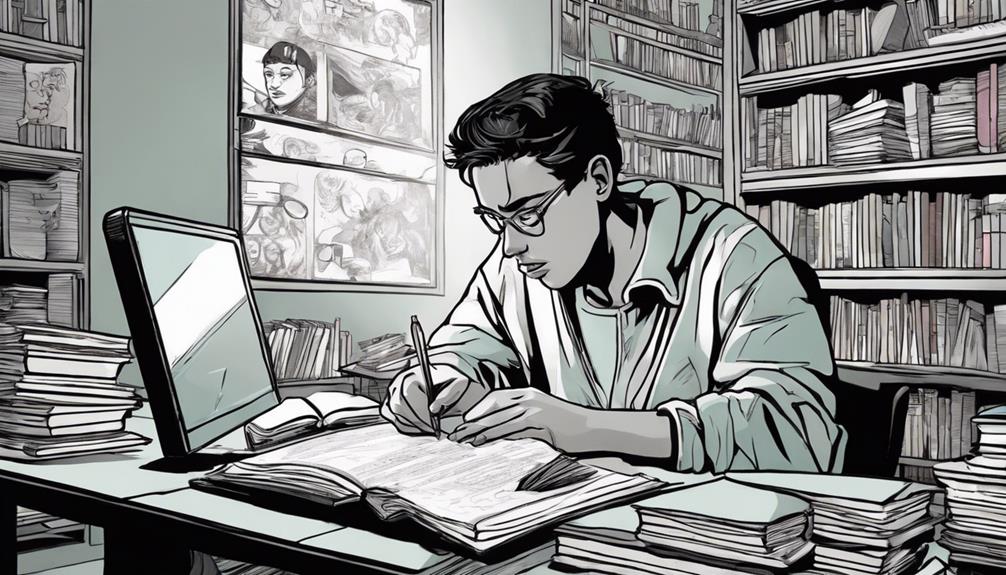
Fundamentally, self-reflection is indispensable to fostering growth and achievement in education, playing a pivotal role in enhancing student progress and teacher effectiveness. It's like having a personal mirror that reveals areas for improvement and celebrates successes.
When students take a moment to look back on their learning journey, they gain insights into what worked well and what could be enhanced. As a teacher, self-reflection guides me in refining my strategies, understanding student needs, and adapting my approach to create a more engaging classroom environment.
Tools for Effective Self-Reflection
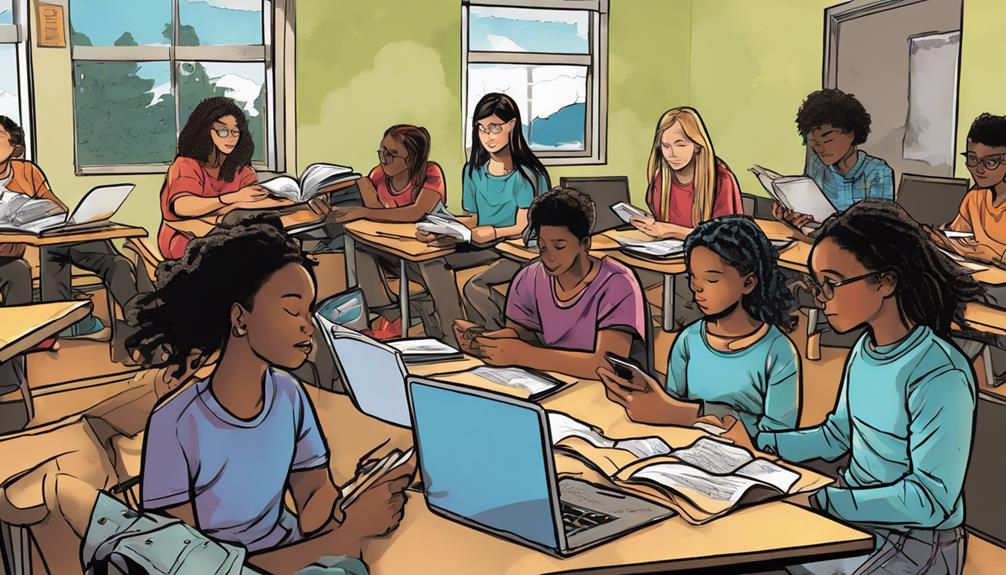
Utilizing various tools is essential for facilitating effective self-reflection practices in education. Tools like Martyn Kenneth's Self-Reflection journal offer students a structured way to introspect and set goals.
Inquiry-based methods such as IB PYP emphasize reflection, guiding students through their learning journey.
Engaging activities like M.E.N.D.T.G and B.W.L.F.G add an element of fun to the reflection process.
Additionally, providing sentence stems can assist students in articulating their thoughts and experiences clearly. These tools not only benefit students but also help educators gain valuable insights into student perspectives.
Benefits of Student Reflection Activities
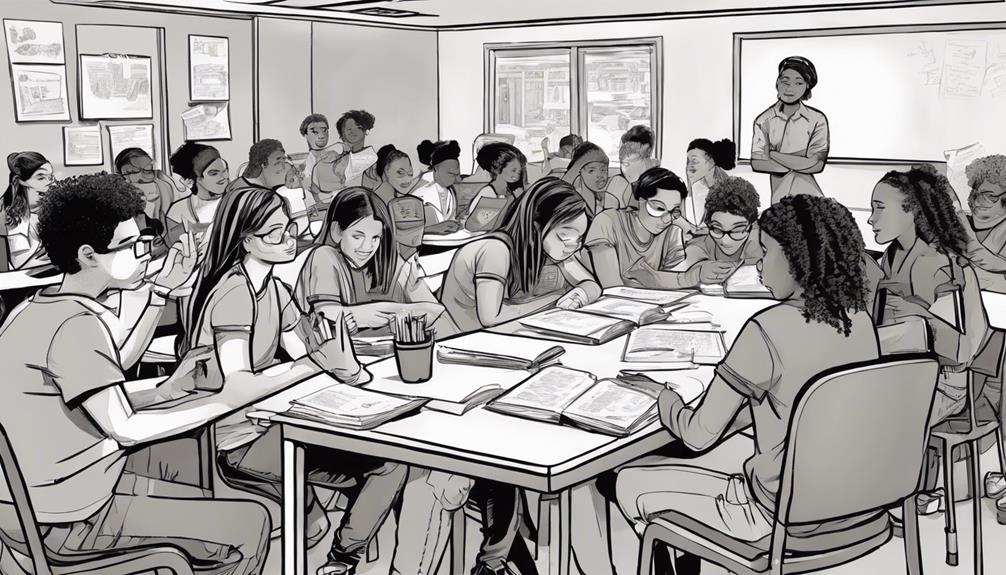
Moving from exploring tools for effective self-reflection in education, let's now highlight the benefits that student reflection activities bring to the learning process. Engaging students in reflection activities offers a multitude of advantages that enhance their educational journey. Here are some key benefits summarized in the table below:
| Benefits of Student Reflection Activities |
|---|
| 1. Facilitates meaningful conversations |
| 2. Enhances focus and preparation for learning |
| 3. Aids in setting and achieving small goals |
| 4. Provides insights into students' experiences and perspectives |
Through these activities, students not only improve their ability to reflect but also contribute to a positive classroom environment where growth and learning thrive.
Educator's Role in Self-Reflection
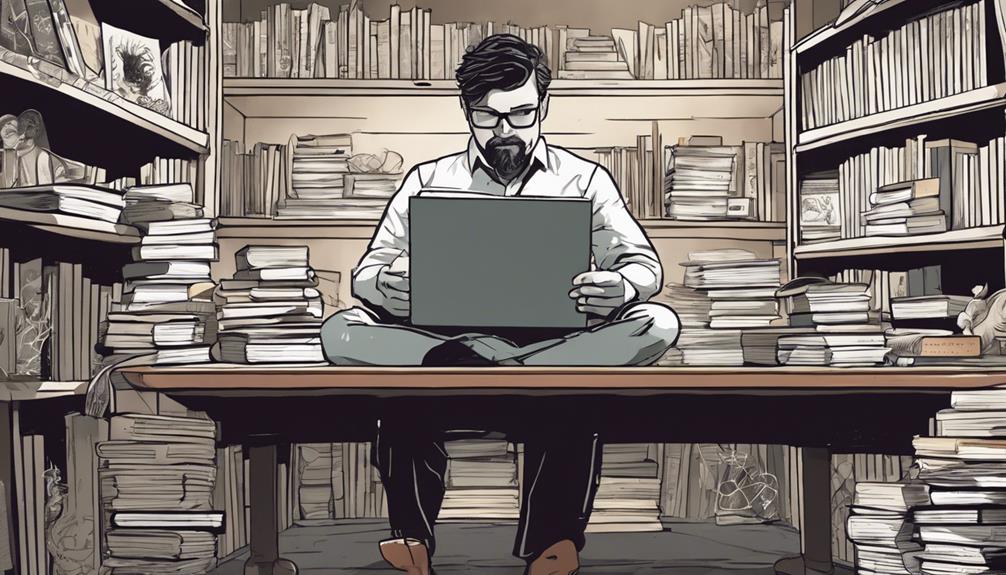
Engaging in regular self-reflection is essential for educators to continuously improve their teaching practices and enhance student learning outcomes. As an educator, I find that reflecting on my teaching methods, student interactions, and classroom dynamics is vital for my professional growth.
By asking myself tough questions about the effectiveness of my lessons and the overall learning environment I create, I can make informed decisions to better support my students. Planning with thoughtful assessments and focusing on the quality of learning experiences rather than just memorization helps me tailor my teaching to meet students' needs effectively.
Through self-reflection, educators like myself can greatly enhance our practice, leading to better outcomes for our students.
Engaging With the Education Community
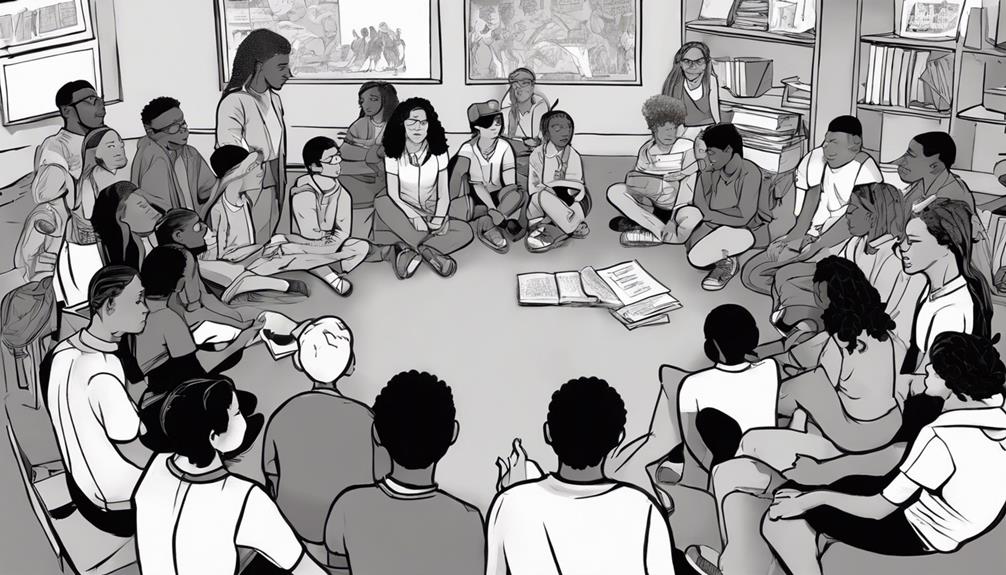
As an educator committed to continuous improvement, actively participating in the education community is a valuable way to stay informed and connected with fellow professionals. Engaging with the education community opens up avenues for collaboration, sharing best practices, and gaining fresh perspectives on teaching methodologies.
Joining online groups, attending conferences, and participating in workshops are fantastic ways to expand your network, learn from others, and contribute to the collective knowledge base. By interacting with educators from diverse backgrounds and experiences, you can enhance your teaching skills, stay updated on the latest trends in education, and build a supportive community that fosters growth and innovation.
Embracing these connections can lead to inspiring conversations, new opportunities, and a sense of camaraderie among educators striving for excellence.
Frequently Asked Questions
How Can Educators Encourage Reluctant Students to Engage in Self-Reflection?
Encouraging reluctant students to engage in self-reflection involves fostering a safe and supportive environment, highlighting the benefits of introspection, and providing tools like sentence stems for guidance. Personalized encouragement and positive reinforcement can also boost participation.
What Are Some Creative Ways to Incorporate Self-Reflection Into Daily Classroom Routines?
Incorporating self-reflection into daily classroom routines is key. I encourage journaling prompts, exit tickets for quick reflections, and peer feedback sessions. Utilizing technology for reflection blogs or audio recordings can engage students in meaningful introspection.
How Can Educators Navigate Resistance to Self-Reflection From Students?
Facing student resistance to self-reflection can be challenging. I engage in open dialogues, show the benefits of introspection, and provide a safe space for expression. By modeling reflection and highlighting its value, I aim to cultivate a culture of self-awareness.
What Strategies Can Teachers Use to Help Students Transfer Self-Reflection Skills Outside the Classroom?
To help students carry self-reflection skills beyond class, I cultivate roots of introspection that grow into sturdy trees of self-awareness. Through real-life parallels, personal anecdotes, and practical applications, I nurture students' reflective habits.
How Can Educators Effectively Measure the Impact of Self-Reflection on Student Learning and Growth?
To measure the impact of self-reflection on student learning and growth, I track qualitative changes in student attitudes, behavior, and goal achievement. Surveys, reflections, and performance assessments provide valuable insights into the effectiveness of self-reflection practices.
Conclusion
To sum up, self-reflection in education is like a hidden treasure waiting to be discovered. By harnessing the power of introspection, both students and educators can commence on a transformative journey towards growth and achievement.
So, let's seize our journals, delve into inquiry-based methods, and cultivate a culture of reflection in the classroom. Together, we can create a dynamic environment that fosters learning, development, and success.
Let's embrace the power of self-reflection and watch our educational experiences flourish.










